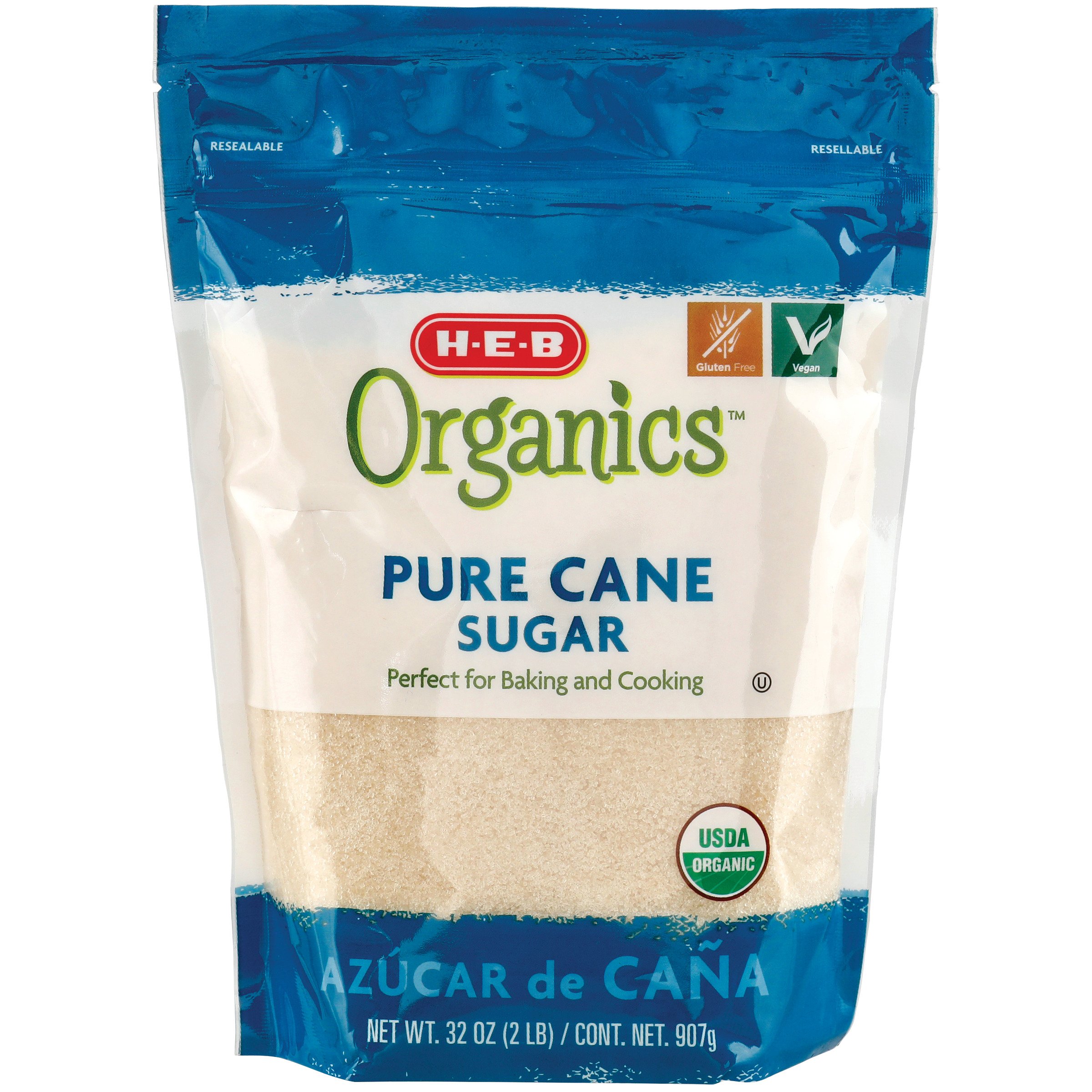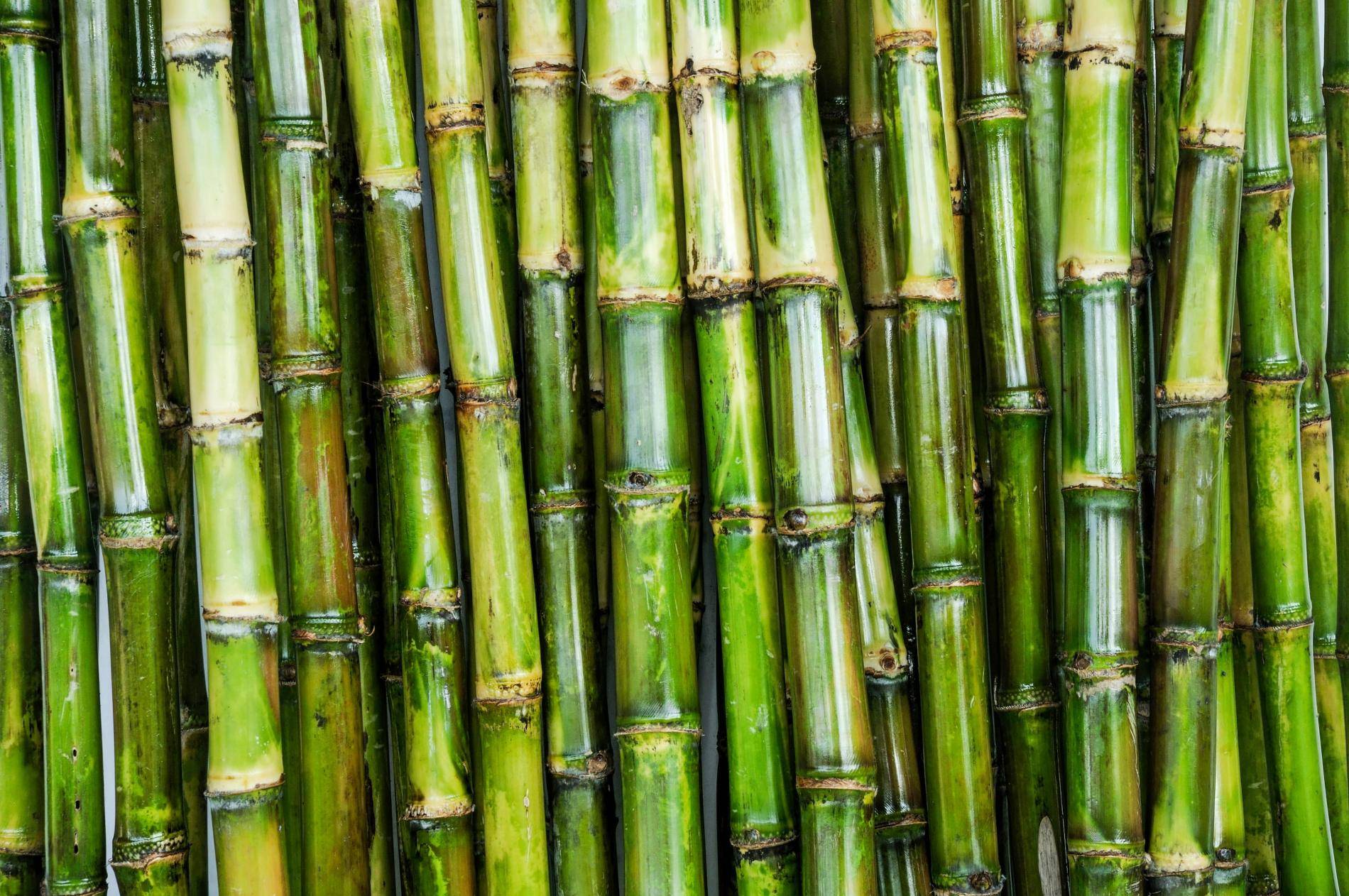Cane Sugar Processing: Key Technologies for Superior Sugar Manufacturing
Cane Sugar Processing: Key Technologies for Superior Sugar Manufacturing
Blog Article
An Extensive Overview to the Ecological Effect and Sustainability Practices in Walking Cane Sugar Processing
The environmental effect of walking stick sugar processing offers a complex selection of difficulties that warrant cautious assessment. From dirt destruction and extreme water use to the carbon footprint connected with growing and production, the effects of typical methods are far-reaching. What certain techniques can be carried out to strike an equilibrium in between performance and environmental stewardship?
Introduction of Walking Stick Sugar Handling
Cane sugar handling entails a series of methodical steps that change sugarcane right into polished sugar. Initially, harvested sugarcane is transported to refining facilities, where it undertakes cleansing to eliminate dirt and debris. Following this, the cane is squashed to draw out juice, which is then made clear by getting rid of contaminations through home heating and the enhancement of lime.
The made clear juice undertakes dissipation, where water is removed to concentrate the sugar content. These crystals are separated from the remaining syrup utilizing centrifugation, resulting in raw sugar.
The end product is then dried out and packaged for circulation. Throughout this entire procedure, maintaining effectiveness and quality assurance is important to ensure the sugar satisfies market requirements. Each action in walking stick sugar handling not just adds to the end product yet also has implications for source usage and waste generation, establishing the phase for conversations on sustainability and ecological effects related to sugar manufacturing.
Ecological Obstacles of Manufacturing
The manufacturing of walking cane sugar presents a number of substantial environmental challenges that warrant interest. One key issue is the extensive usage of agrochemicals, consisting of fertilizers and pesticides, which can bring about dirt deterioration, biodiversity loss, and contamination of local water sources. The drainage from sugarcane areas often lugs these chemicals right into neighboring ecosystems, interrupting aquatic life and influencing the health and wellness of communities reliant on these water bodies.
An additional difficulty is the high power consumption related to sugarcane handling. The boiling and refining phases require considerable heat, mostly created by burning nonrenewable fuel sources, adding to greenhouse gas exhausts. Additionally, the extensive land area needed for sugarcane cultivation can lead to logging and environment destruction, further worsening environment adjustment and harmful wild animals.
Additionally, the labor techniques in some areas raise ethical problems, as workers may face poor working problems and poor wages. This scenario typically bolsters a cycle of hardship in local communities. Cane Sugar Processing. Resolving these ecological difficulties is important for creating more sustainable methods in cane sugar production, eventually profiting both the atmosphere and the neighborhoods entailed in this market
Water and Land Use Influence
Water resources and land utilization are important elements in the walking stick sugar industry that dramatically impact the atmosphere. The farming of sugarcane requires considerable water input, with price quotes recommending that it can consume as much as 2,000 litres of water per kilo of sugar produced. This intensive use water usually results in exhaustion of neighborhood water sources, affecting not only the sugarcane ranches however additionally bordering communities and neighborhoods that count on the same water sources for agriculture and residential usage.

In why not try here addition, land use for sugarcane cultivation can lead to logging and the conversion of all-natural habitats right into monoculture plantations. This technique decreases biodiversity, disrupts neighborhood environments, and contributes to dirt destruction. The growth of sugarcane areas typically trespasses on important agricultural land, developing competition for sources between food and biofuel production.
Lasting techniques, such as optimizing watering strategies and implementing crop turning, are important to alleviate these impacts. By adopting a lot more reliable water usage and land administration approaches, the cane sugar industry can minimize its eco-friendly footprint, making sure an equilibrium in between farming productivity and environmental conservation.
Greenhouse Gas Emissions
Greenhouse gas exhausts stand for a significant ecological worry within the cane sugar processing market, specifically as farming practices expand to satisfy international need. The farming of sugarcane, a crop that thrives in tropical environments, depends heavily on synthetic plant foods and chemicals, which add to laughing gas emissions. Furthermore, land-use adjustments, consisting of logging for new sugarcane vineyards, launch co2 saved in vegetation and soil.
During processing, energy consumption is one more major source of greenhouse gas emissions - Cane Sugar Processing. Lots of sugar mills use nonrenewable fuel sources to power machinery and generate heat, causing substantial carbon impacts. Moreover, the transport of raw sugarcane and ended up items includes layers of emissions through fuel combustion in vehicles
This involves reviewing present farming methods, processing approaches, and transport systems to identify locations for enhancement and reduction. Dealing with greenhouse gas discharges is crucial for fostering a more sustainable walking cane sugar industry in an altering environment.

Lasting Practices and Innovations
Sustainable methods and developments are increasingly crucial in the walking stick sugar processing sector as stakeholders look for to lower environmental influences while preserving productivity. More about the author One substantial development is the application of integrated crop monitoring, which enhances source use by integrating soil administration, bug control, and crop rotation strategies. This approach boosts return while minimizing chemical inputs and preserving dirt health and wellness.
Moreover, the fostering of renewable resource resources, such as biomass from sugarcane residues, has gained grip - Cane Sugar Processing. By transforming waste items right into power, refining centers can reduce their dependence on nonrenewable fuel sources, thereby decreasing greenhouse gas discharges
Water administration methods have actually also seen improvements with the recycling and reusing of water in handling plants, significantly reducing freshwater usage. Developments in modern technology, such as accuracy farming, make it possible for farmers to keep track of crop health and resource usage better, making look at this website certain sustainable cultivation practices.
Additionally, qualification programs like Fair Trade and Jungle Alliance encourage environmentally accountable farming practices and advertise social equity within the supply chain. By welcoming these lasting methods and advancements, the walking stick sugar processing market can enhance its durability and add positively to environmental stewardship.
Verdict
The ecological effect of walking stick sugar processing provides considerable challenges, including soil deterioration, high water intake, and greenhouse gas emissions, along with moral problems associated to labor methods. Resolving these problems with sustainable practices, such as incorporated crop administration, renewable resource adoption, and water recycling, is important. By promoting socially fair and ecologically accountable techniques in sugar manufacturing, the market can minimize its adverse effects, making sure a much more lasting future for both communities and ecosystems involved in this sector.
Walking cane sugar processing includes a collection of methodical steps that transform sugarcane into polished sugar. Each action in walking stick sugar processing not only adds to the last item but additionally has implications for resource usage and waste generation, establishing the stage for conversations on sustainability and environmental effects linked with sugar manufacturing.
Greenhouse gas exhausts stand for a considerable environmental problem within the walking cane sugar processing industry, especially as farming methods broaden to meet international need.Sustainable practices and innovations are progressively crucial in the walking stick sugar handling industry as stakeholders seek to lower ecological effects while keeping efficiency.The ecological effect of walking cane sugar handling presents significant challenges, consisting of dirt destruction, high water consumption, and greenhouse gas exhausts, together with honest issues connected to labor practices.
Report this page